Table of Contents
- Introduction
- Why Using Your Vaporizer Correctly Matters
- 1. Preparing Your Herbs
- 2. How to Properly Load the Chamber
- 3. Choosing the Right Temperature
- 4. Mastering Inhalation Technique
- 5. Structuring Your Session
- 6. Timing and Daypart Considerations
- 7. Common Mistakes to Avoid
- 8. Cleaning and Maintenance
- 9. Storage and Long-Term Care
- Conclusion
Introduction
Using a vaporizer correctly is the key to unlocking its full potential—whether you're looking for therapeutic relief, better flavor, or simply a more efficient use of your herbs. Unlike combustion, vaporization allows you to inhale only the active compounds, without tar or smoke. But to get there, you need more than just a good device. You need the right technique.
This guide will walk you through every step of the process—from herb preparation to inhalation—to help you get the cleanest vapor, the fullest effect, and the most enjoyable ritual. Whether you use a manual device like the Vapman or a convection-style tool like the Lotus, the principles remain the same.
Why Using Your Vaporizer Correctly Matters
Incorrect technique can lead to weak vapor, wasted herbs, combustion, or even frustration. Proper use ensures:
- Optimal activation of active compounds
- Efficient use of small amounts of herb
- Clearer flavor and smoother inhalation
- More predictable effects and improved safety
If you’ve ever wondered why your vaporizer “isn’t producing vapor,” it may be due to poor grind, overpacking, or incorrect heat application. For a deeper troubleshooting guide, see our article on fixing vaporizers that don’t produce vapor.
1. Preparing Your Herbs
The first step to a successful session is using the right material in the right condition. Vaporization relies on surface area and airflow—so preparing your herbs properly makes a big difference.
Choose High-Quality, Dried Herbs
- Fully dried (but not overly dry)
- No visible mold or discoloration
- Stored in an airtight container, away from sunlight
Grind Lightly
Unlike smoking, which may require a fine grind, vaporizing works best with a medium to coarse grind. The goal is even airflow and consistent surface exposure—not compression. Use a clean grinder made of stainless steel, and avoid crushing the herb into dust.
2. How to Properly Load the Chamber
Underpacking leads to weak vapor; overpacking restricts airflow and risks combustion. A well-packed chamber should feel full but not tight. For most devices:
- Manual vaporizers: Leave room for air to flow through the bowl
- Convection devices: Load evenly and loosely; avoid compressing the top
Many analog users find that “half-filled and fluffed” performs best. If you're unsure whether it’s time to reload, check out our article on when to refill your vaporizer.
3. Choosing the Right Temperature
Temperature is one of the most important factors in vaporizer performance. Too low, and you won’t extract the full spectrum. Too high, and you risk harshness or combustion. Different herbs and desired effects call for different settings.
| Range (°C) | Effect Profile |
|---|---|
| 130–160 | Aromatic oils, light mood lift, mental clarity |
| 160–185 | Balanced effect, optimal vapor density |
| 185–205 | Deeper body effects, sedation, full extraction |
The temperature for sleep-focused sessions will differ from that of energizing morning use. Adjust your setting based on intention, not just intensity.
4. Mastering Inhalation Technique
Once your vaporizer is loaded and heated, the final piece is how you inhale. Vapor behaves differently than smoke—it’s lighter, cooler, and requires a slower, more controlled breath. Good inhalation technique improves absorption, reduces irritation, and enhances the overall experience.
General Guidelines:
- Inhale slowly and steadily for 4–6 seconds
- Hold briefly (1–2 seconds) to allow absorption
- Exhale fully and calmly
- Pause between draws (20–30 seconds) to assess effect
For detailed strategies on draw frequency and pacing, see our article on how often to inhale from a vaporizer.
5. Structuring Your Session
A good vaporizer session is not about quantity, but rhythm. Create a mindful arc of activity that moves from activation to settling—especially with herbs that affect both mind and body.
Example for Balanced Effects:
- Start at a lower temperature (140–150°C) to activate lighter oils
- Take 2–3 gentle draws
- Increase to 160–180°C and repeat with 2–4 deeper draws
- Finish with 1–2 draws at 190–200°C if deeper effects are desired
This tiered approach allows for full-spectrum extraction without overwhelming the system. With practice, you’ll learn to sense when a session is complete or if herbs need to be stirred or replaced.
6. Timing and Daypart Considerations
Using a vaporizer correctly also includes understanding when to use it. Depending on the herb, time of day, and your goals, your technique may change.
Morning or Midday:
- Lower temperatures (130–160°C)
- Focus on alertness, breath clarity, and emotional regulation
- Good herbs: peppermint, lemon balm, tulsi
Evening or Night:
- Higher temperatures (170–200°C)
- Focus on relaxation, stress release, sleep support
- Good herbs: valerian, hops, blue lotus
7. Common Mistakes to Avoid
Even with a good vaporizer, certain mistakes can compromise performance and user satisfaction. Here are the most frequent issues—and how to prevent them.
Too Fine a Grind
A powdery consistency may clog airflow and cause uneven heating. Stick to a medium-coarse texture that allows even exposure and clean vapor release.
Overpacking the Chamber
Packing too tightly restricts air and causes hotspots. Herbs should sit loosely, allowing air to circulate freely around and through the material.
Overheating
High temperatures do not always mean better results. Excessive heat can degrade delicate compounds, create harshness, and even risk combustion. Adjust based on herb type and session goal.
Too Fast or Too Shallow Inhalation
Rushing or using shallow breaths will often result in low vapor production and uneven extraction. Take slow, deep draws with pauses in between for maximum control.
8. Cleaning and Maintenance
Even with dry herb vaporizers, residue and fine particles can build up over time, reducing vapor quality and airflow. Regular maintenance ensures consistent performance and extends device life.
After Each Session:
- Empty the chamber while still warm (not hot)
- Brush out remaining particles with a soft tool
- Do not leave used herbs in the bowl overnight
Weekly or Biweekly (depending on use):
- Clean mouthpiece and chamber with isopropyl alcohol (if applicable)
- Disassemble removable parts carefully and rinse with warm water (wooden or flame-powered units may require different care)
- Dry fully before reassembling
For detailed information on vaporizer cleaning procedures, see our guide on cleaning and maintaining your vaporizer.
9. Storage and Long-Term Care
Proper storage not only protects your device but also preserves its precision and material integrity.
- Store in a cool, dry place away from direct sunlight
- Use a dedicated case or pouch to avoid scratches and contamination
- Never leave batteries (if applicable) in hot or humid environments
- For manual devices like the Vapman or Lotus, avoid moisture and excessive heat after use
Maintaining your vaporizer well not only improves your current experience—it ensures the tool will last for years of reliable use.
Conclusion
Using a vaporizer correctly transforms it from a tool into a ritual. From the grind to the breath, each step influences the quality, safety, and effectiveness of your session. Whether your goal is clarity, calm, flavor, or deep sleep, mastery of your technique is essential.
By focusing on temperature, breath control, and clean maintenance, you can elevate every session—regardless of the herb you choose. Analog devices like the Vapman and Lotus reward attentive technique with rich flavor, efficient extraction, and complete independence from electronics.
With time and attention, vaporizing becomes more than an alternative to smoking. It becomes a conscious act of connection—with your breath, your senses, and the plants you work with.
About the Author

Michael, Founder & CEO of INHALE Vaporizers
Driven by a passion for clean, mindful vaporization, Michael leads INHALE in crafting elegant and sustainable tools like the Vapman and Lotus. With a deep focus on function, ritual, and natural wellness, INHALE helps people reconnect with the power of plants—one breath at a time.
📩 support@nowinhale.com | Contact us



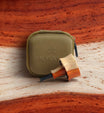

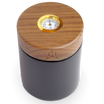
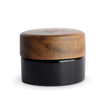


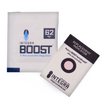


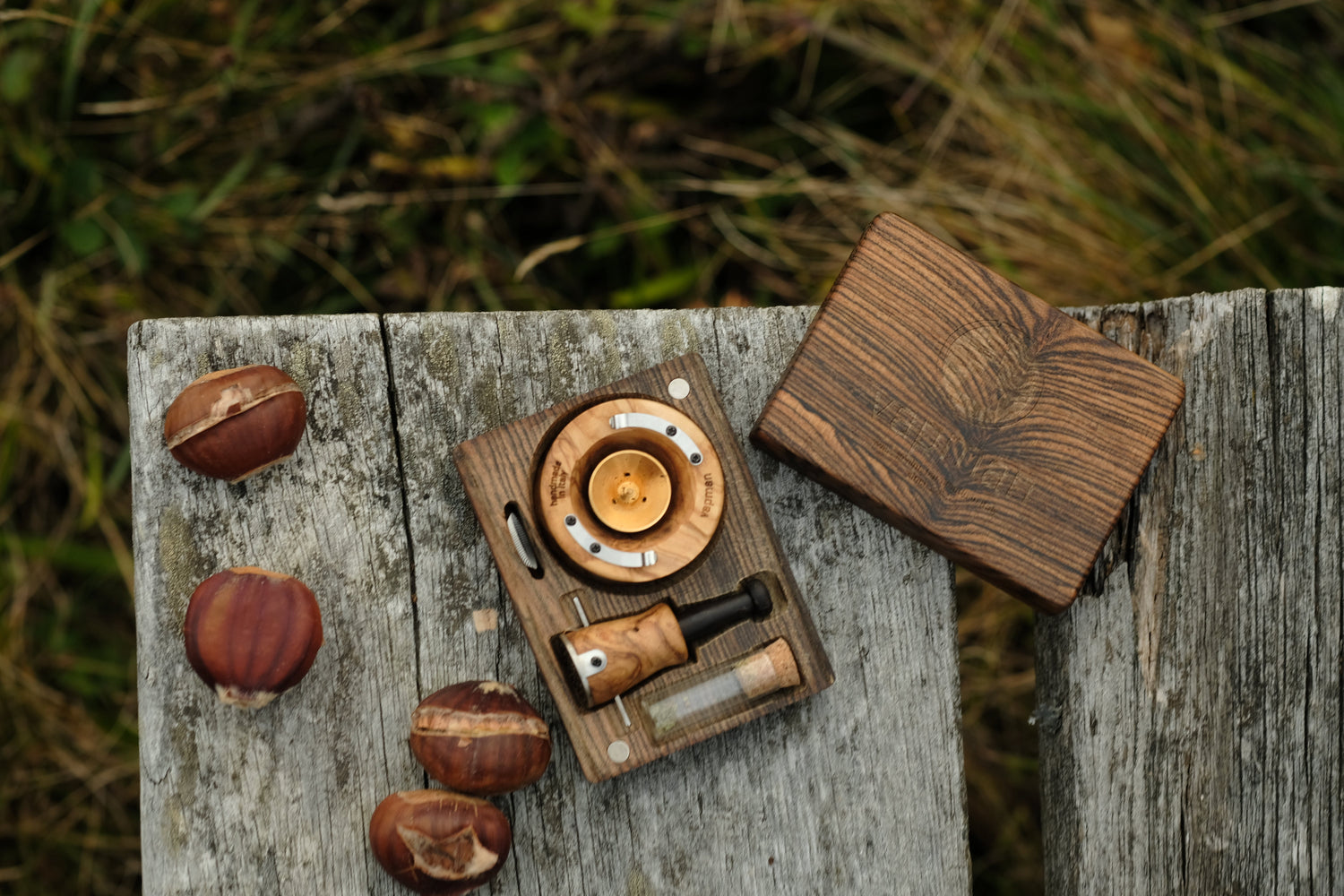
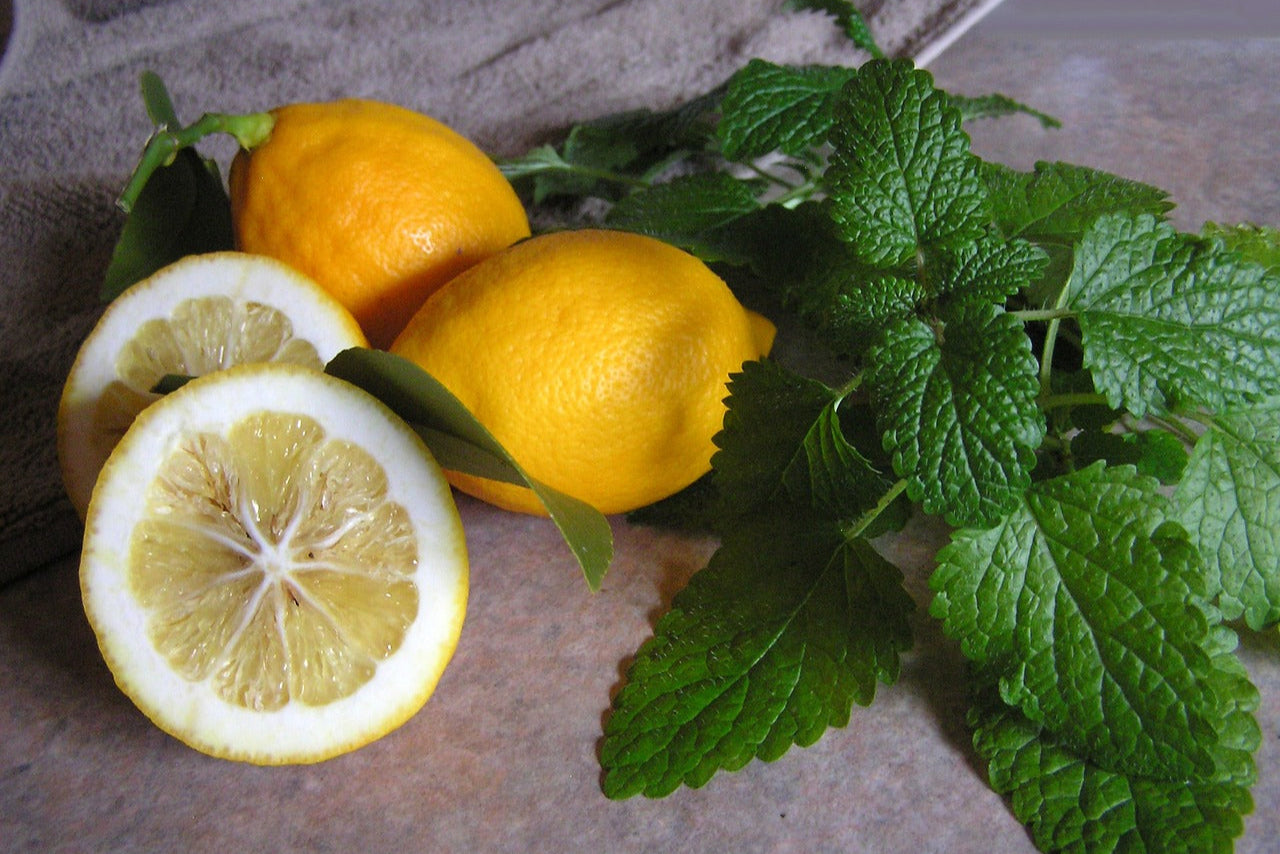
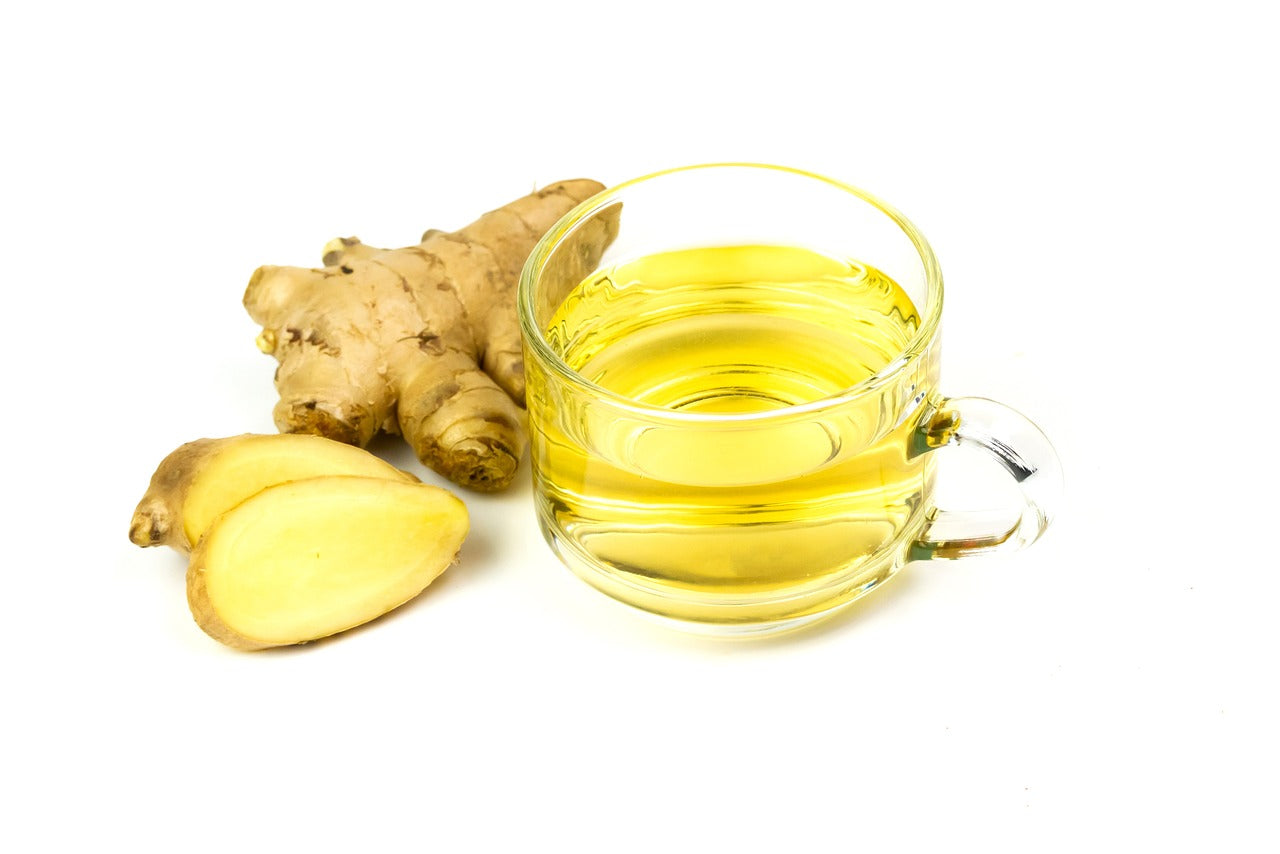


Leave a comment
All comments are moderated before being published.
This site is protected by hCaptcha and the hCaptcha Privacy Policy and Terms of Service apply.